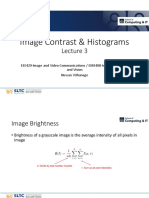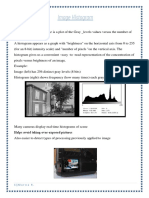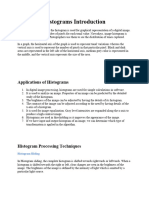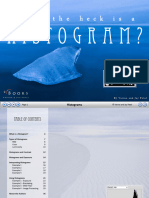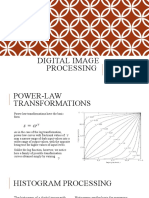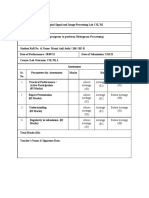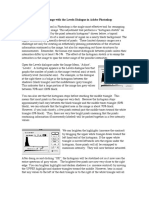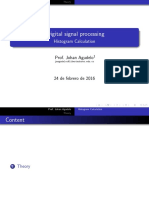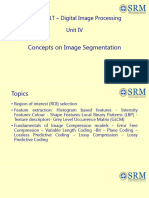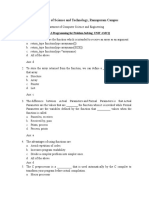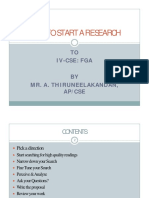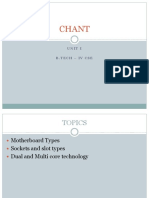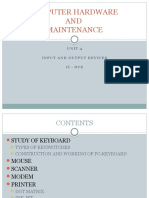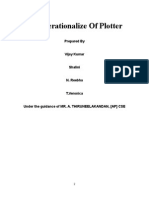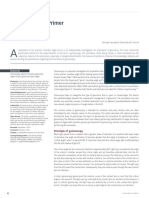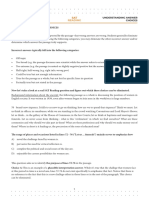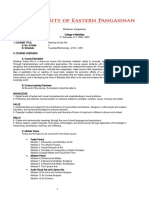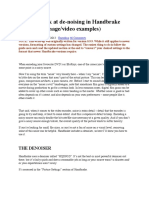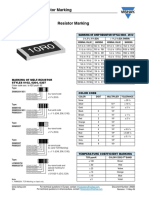0% found this document useful (0 votes)
97 views3 pagesHistogram Based Features
A histogram in digital image processing is a graphical representation of the tonal distribution of pixel intensities in an image, with separate representations for grayscale and color images. Various features can be derived from histograms, such as mean, median, mode, variance, skewness, kurtosis, and entropy, which provide insights into the image's characteristics. Applications of histogram-based features include image enhancement, segmentation, classification, content-based image retrieval, and medical image analysis, though they have limitations such as lack of spatial information and sensitivity to illumination changes.
Uploaded by
THIRUNEELAKANDANCopyright
© © All Rights Reserved
We take content rights seriously. If you suspect this is your content, claim it here.
Available Formats
Download as DOCX, PDF, TXT or read online on Scribd
0% found this document useful (0 votes)
97 views3 pagesHistogram Based Features
A histogram in digital image processing is a graphical representation of the tonal distribution of pixel intensities in an image, with separate representations for grayscale and color images. Various features can be derived from histograms, such as mean, median, mode, variance, skewness, kurtosis, and entropy, which provide insights into the image's characteristics. Applications of histogram-based features include image enhancement, segmentation, classification, content-based image retrieval, and medical image analysis, though they have limitations such as lack of spatial information and sensitivity to illumination changes.
Uploaded by
THIRUNEELAKANDANCopyright
© © All Rights Reserved
We take content rights seriously. If you suspect this is your content, claim it here.
Available Formats
Download as DOCX, PDF, TXT or read online on Scribd
/ 3






